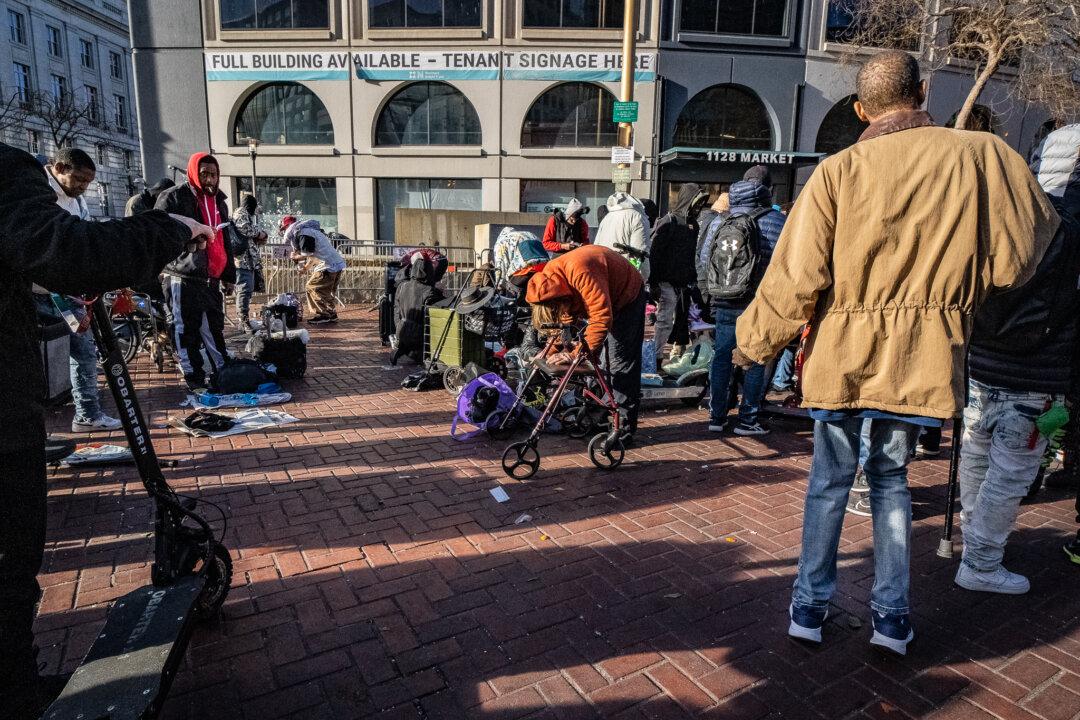California Assemblyman Kevin Kiley (R–Rocklin) is calling for an immediate joint oversight hearing following a glitch in state data leading to a backlog of approximately 300,000 COVID-19 test results.
A few days later, California’s top public health official, Dr. Sonia Angell, resigned without giving a reason. Gov. Gavin Newsom said Angell departed for “personal reasons.” It’s unclear whether her resignation is directly related to the data glitch.





